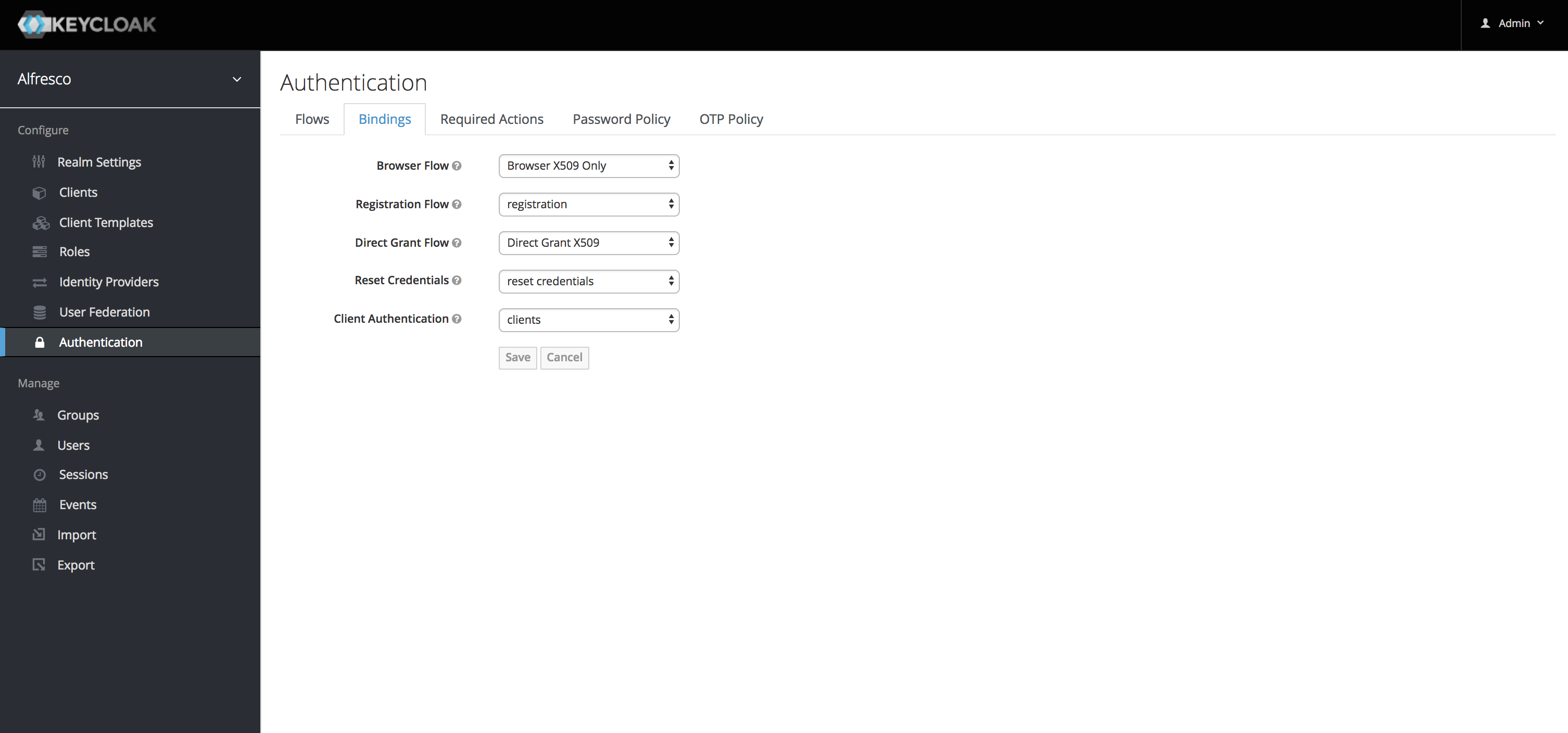

- USING A .PEM KEY FOR AUTHENTICATION RBROWSER HOW TO
- USING A .PEM KEY FOR AUTHENTICATION RBROWSER ANDROID
For example, to use certificates in the file mycert.pem, copy the file to the device and make an entry made in the Config.xml corresponding to the file's location on the device using the syntax below: The CaFile points to a file containing the certificate data, and the certificate(s) specified there are treated by Webkit as trusted authorities. To access server certificates (beyond the pre-loaded ones) from apps made with Enterprise Browser for Windows Mobile/CE with Webkit, specify the path to those certificates using the CaFile parameter in the Config.xml file. To access client certificates from apps made with Enterprise Browser 1.5 and higher for Windows Mobile/CE with Webkit, use the ClientCertPath parameter to specify the path to client certificate files.

See the OpenSSL section (below) for conversion instructions.
USING A .PEM KEY FOR AUTHENTICATION RBROWSER ANDROID
Android accepts any certificate format that represents the certificate as encoded text.Certificate files must contain the certificate data between "BEGIN" and "END" lines.Browser-based client authentication, which was introduced in Android 5, is not currently implemented.EB currently supports only server SSL authentication for WebView.Reference navigation in EB also will use this method.Root certificates should be installed from the system menu, and will be used by any application that uses a WebView UI component (such as a browser).The system browser uses built-in, system-trusted storage for root CAs.Using system browser navigation with a WebView component:.AndroidĮnterprise Browser requests on Android can be done in two ways: For help creating server-side certificates, please refer to the server's documentation.
USING A .PEM KEY FOR AUTHENTICATION RBROWSER HOW TO
This guide explains how client-side certificates are used on Zebra devices running Android and Windows Mobile/CE, how to create them for a device, and how to store and specify their whereabouts on the device so that Enterprise Browser can find them when needed. The Enterprise Browser Webkit supports Transport Layer Security (TLS) 1.2, and allows certificates for clients and servers to be configured according to the security requirements of any application. Secure Sockets Layer (SSL) Certificates can be used by Enterprise Browser to establish a secure connection (via HTTPS) between a device and a server to protect highly confidential transactions such as those involving financial institutions and commerce sites.


 0 kommentar(er)
0 kommentar(er)
